Advocates set 2020 transit levels as first milestone but aim to restore 20 years of service cuts
Big changes are coming to public transit in Allegheny County with Pittsburgh Regional Transit’s Bus Line Redesign project. As the public transit agency (formerly Port Authority, now known as PRT) prepares to release a draft of its plans in the coming weeks, Pittsburghers for Public Transit is encouraging riders to advocate for the service they need—and the funding to make it happen.
A vision for better transit
In August, Pittsburghers for Public Transit published a report titled Allegheny County Visionary Service that views the Bus Line Redesign planning period as an “opportunity to reverse the trend of budget and service cuts.”
The Bus Line Redesign will propose four versions of a revamped bus network. They will differ based on levels of funding: cost-neutral, 15% decrease, 10% increase and 20% increase.
According to the transit advocacy group’s report, our region has seen a more than 37% cut in public transportation service over the past 20 years. “That has led to a transit system that doesn’t go where we need it to go, long wait times between buses, and service that doesn’t always run at the times we need it,” the report states.
Against this dismal backdrop, it makes sense that PRT would prepare for more cuts, even though they would be catastrophic for an already gutted system. Redesigning the network with no change in funding would present problems of its own, because some communities would have to lose service to allow others to gain service.
Pittsburghers for Public Transit encouraged PRT to also consider versions of the Bus Line Redesign where the bus network can grow with funding increases. This would still leave much work to be done. Even a 20% increase in service would merely restore the amount of service provided before 2020. Although 2020 levels of transit service fell short of meeting community needs, the report calls for getting back to that level as an important first step.
‘Transit champions’ can help
The Allegheny County Visionary Service report identifies local, state and federal officials pushing to expand funding for public transit including the PRT.
Pittsburgh Mayor Ed Gainey’s transition team in 2022 recommended that the city work with PRT to “make its use easier and more attractive to encourage ridership” (p. 103). Their transition report showed an understanding of the need to improve transit service frequency and expand its hours.
Allegheny County Executive Sara Innamorato built her 2023 campaign partly on a platform of improving public transit.
In his 2024 budget address, Pennsylvania Governor Josh Shapiro called for increasing the state’s public transit funding by $282 million without levying new state taxes. PRT would receive $40 million of these state funds, which would increase their operating budget by more than 7%. In July, an $80 million stopgap was passed from the state’s surplus to the Public Transportation Trust Fund.
Reps. Summer Lee and Chris Deluzio are co-sponsoring the “Stronger Communities through Better Transit Act,” a federal bill that would provide funds to transit agencies of PRT’s size and larger. Allegheny County would receive an additional $175,586,810 in transit operating funding, allowing for up to 37% more service.
These funds could make a huge difference to riders and the whole region.
“It’s not just PRT that needs to hear from people, but also legislators,” Pittsburghers for Public Transit executive director Laura Chu Wiens said during a July 31 phone call.
Another bus line for Hazelwood?
In 2019, residents and organizations in Greenfield, Hazelwood and other communities worked with Pittsburghers for Public Transit to draft Our Money, Our Solutions, an alternative plan listing needed improvements that cost less than the Mon-Oakland Connector’s original $23 million budget.
The Mon-Oakland Connector envisioned a privately-run shuttle from Oakland through Schenley Park, Four Mile Run and Hazelwood to Hazelwood Green. The project, designed to serve university and research interests, was scrapped by Mayor Ed Gainey in early 2022 after years of community outcry.
The city and PRT adopted some items from Our Money, Our Solutions, like additional weekend service on the 93 bus line. Another top transit item, extending the 75 line across the Hot Metal Bridge into Hazelwood, has been under discussion. More transit funds and renewed local support could make the extended 75 line a reality.
It’s an example of what Pittsburghers for Public Transit would like to see happening throughout Pittsburgh’s neighborhoods.
“We hope people will be galvanized by the opportunities from getting more funding and what that would look like, how it could benefit their communities,” Ms. Wiens said.
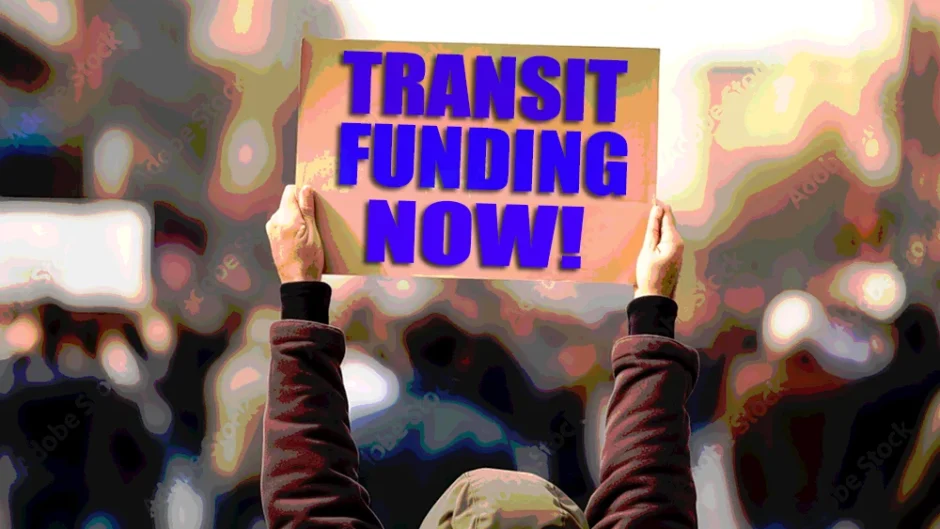
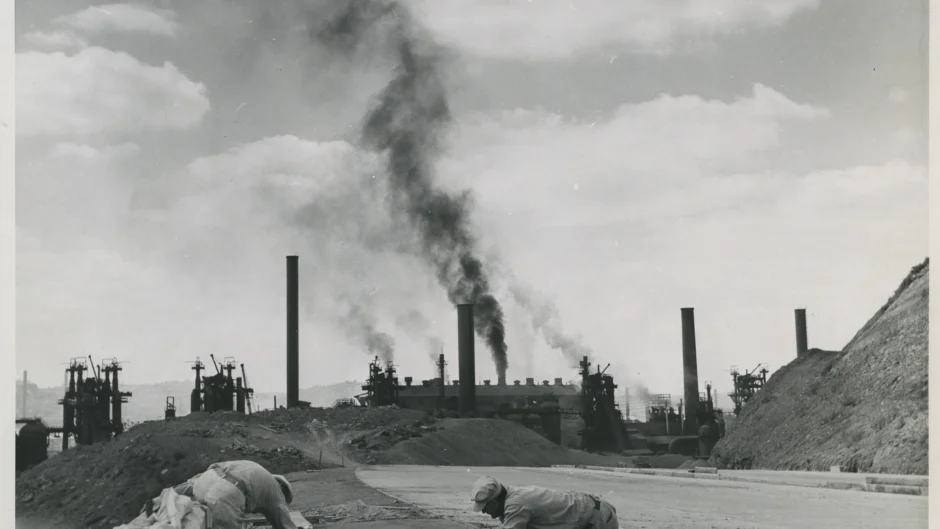
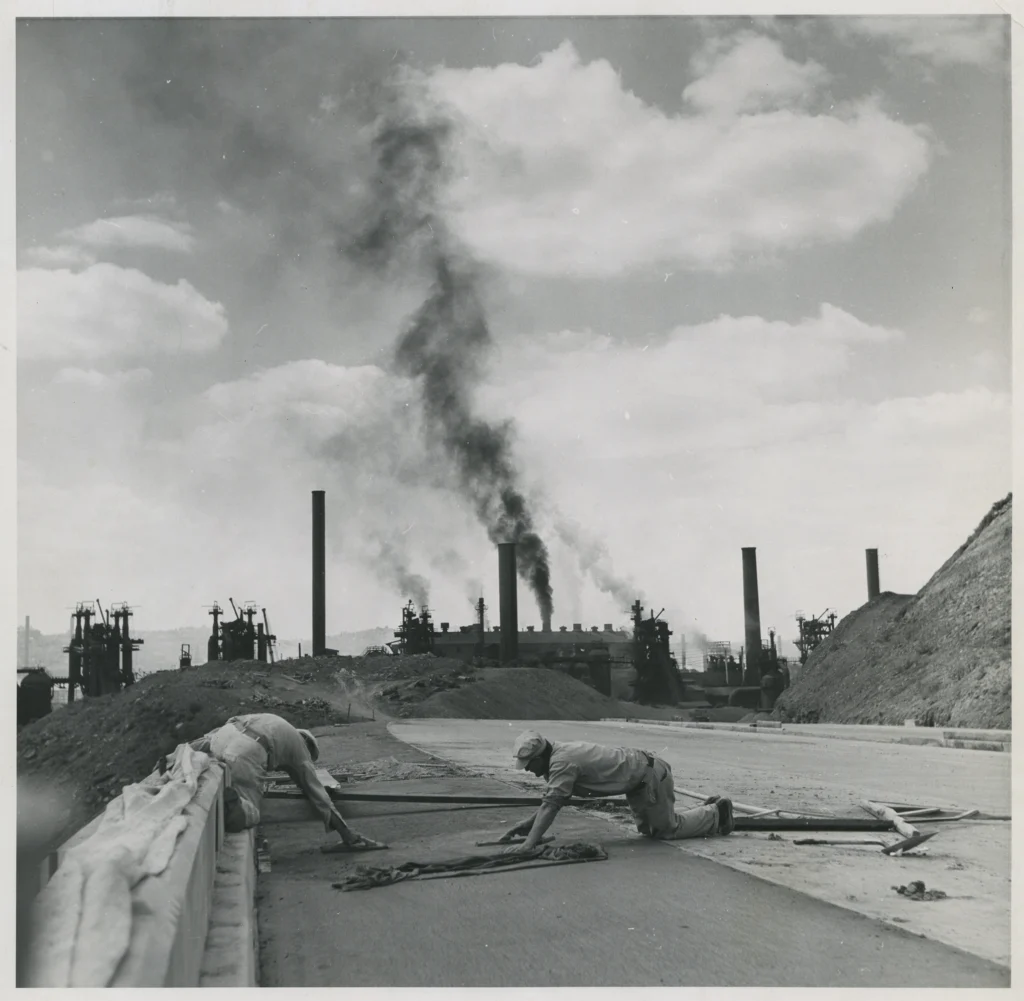
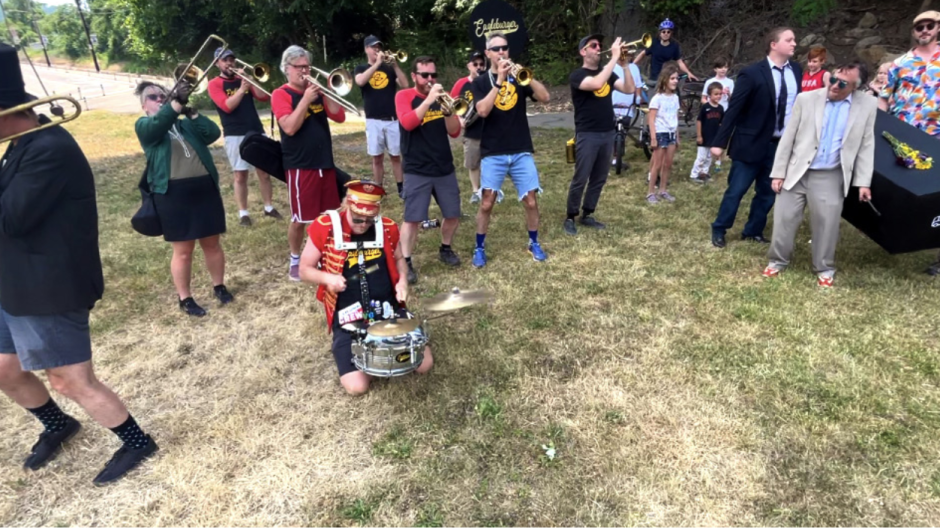
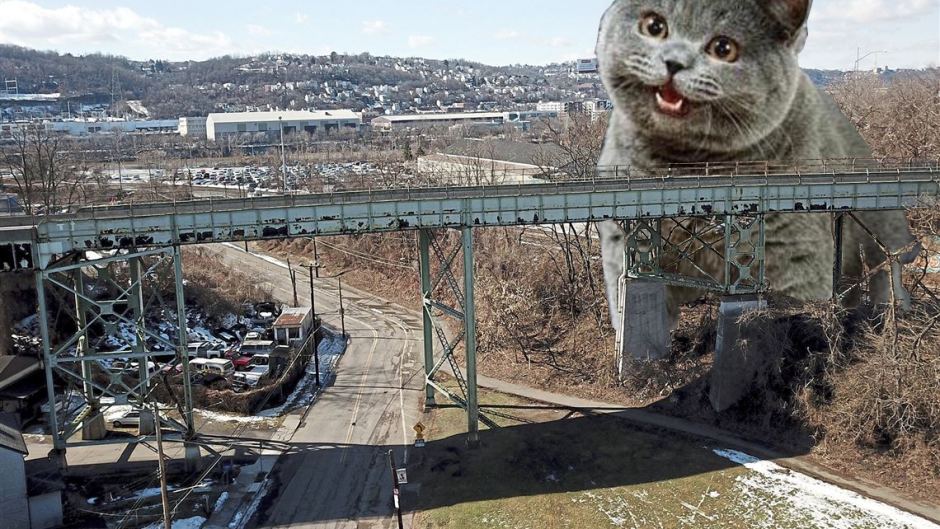

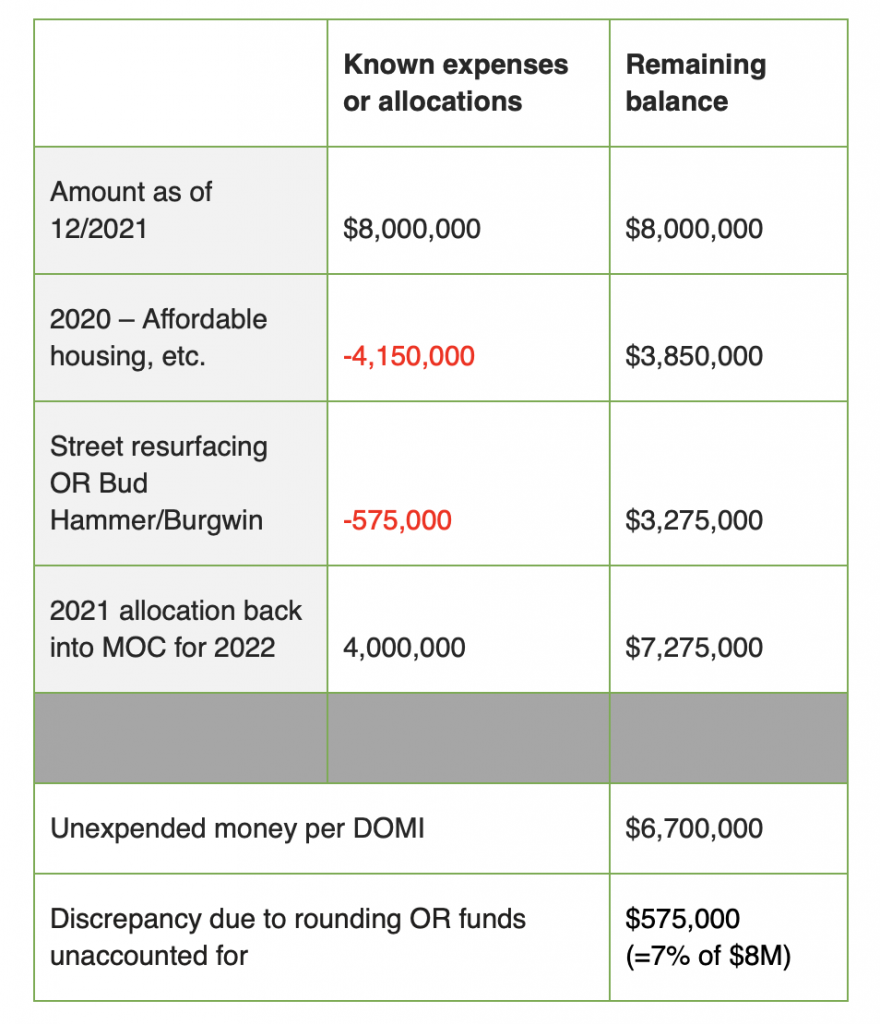
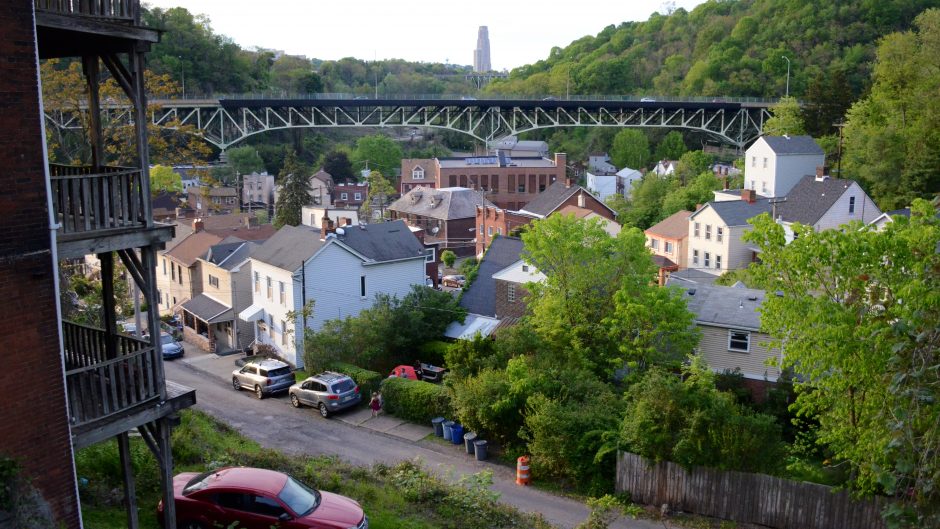
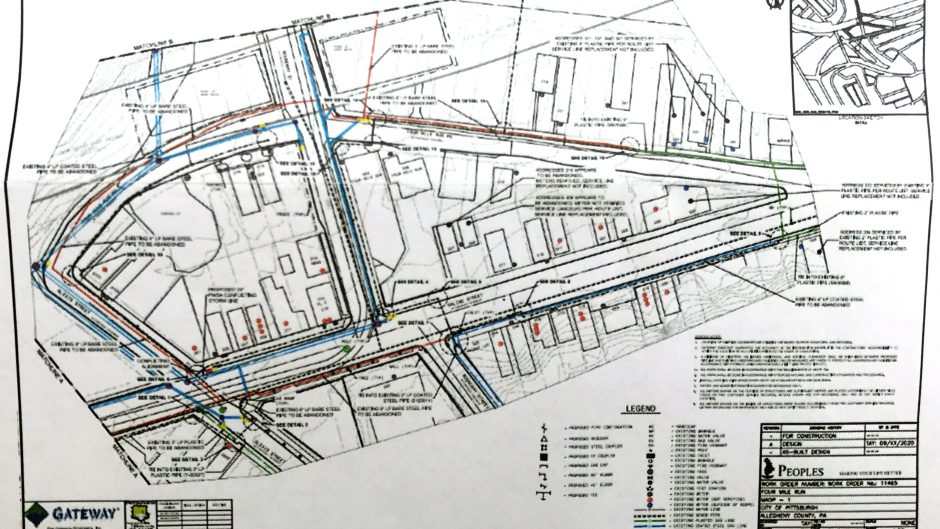
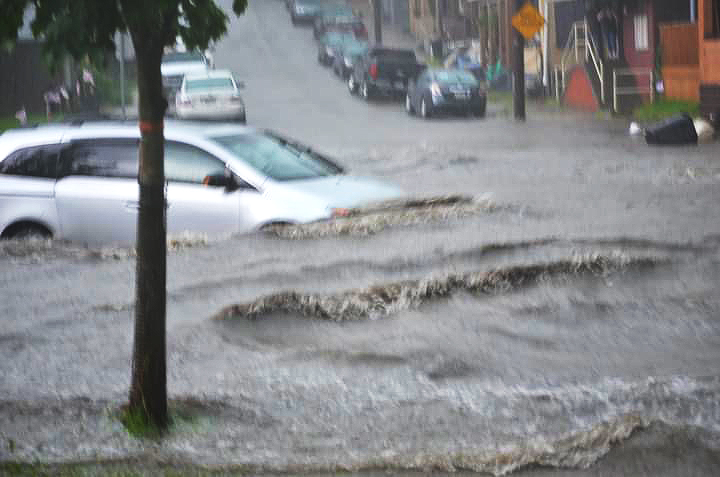
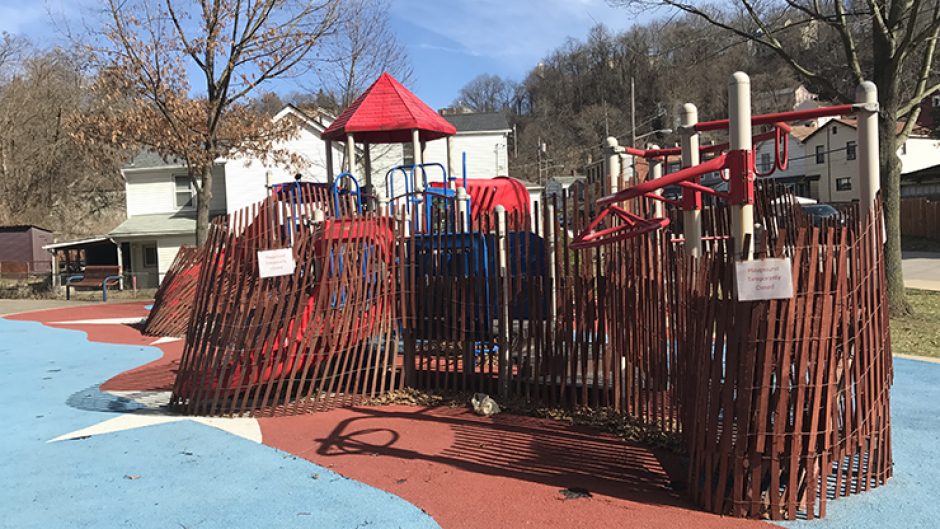
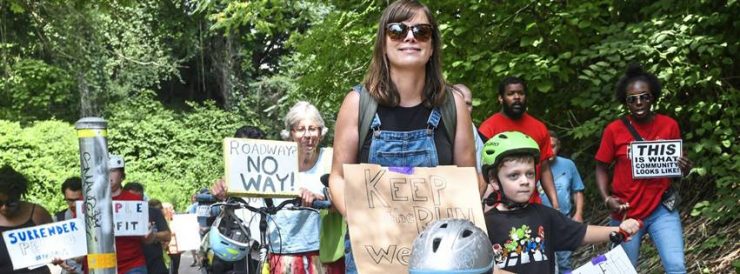
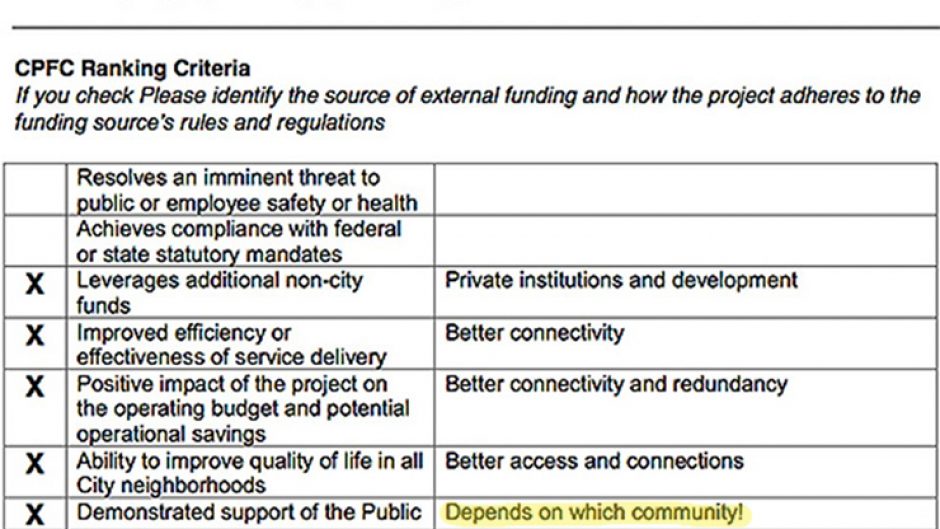
Recent Comments